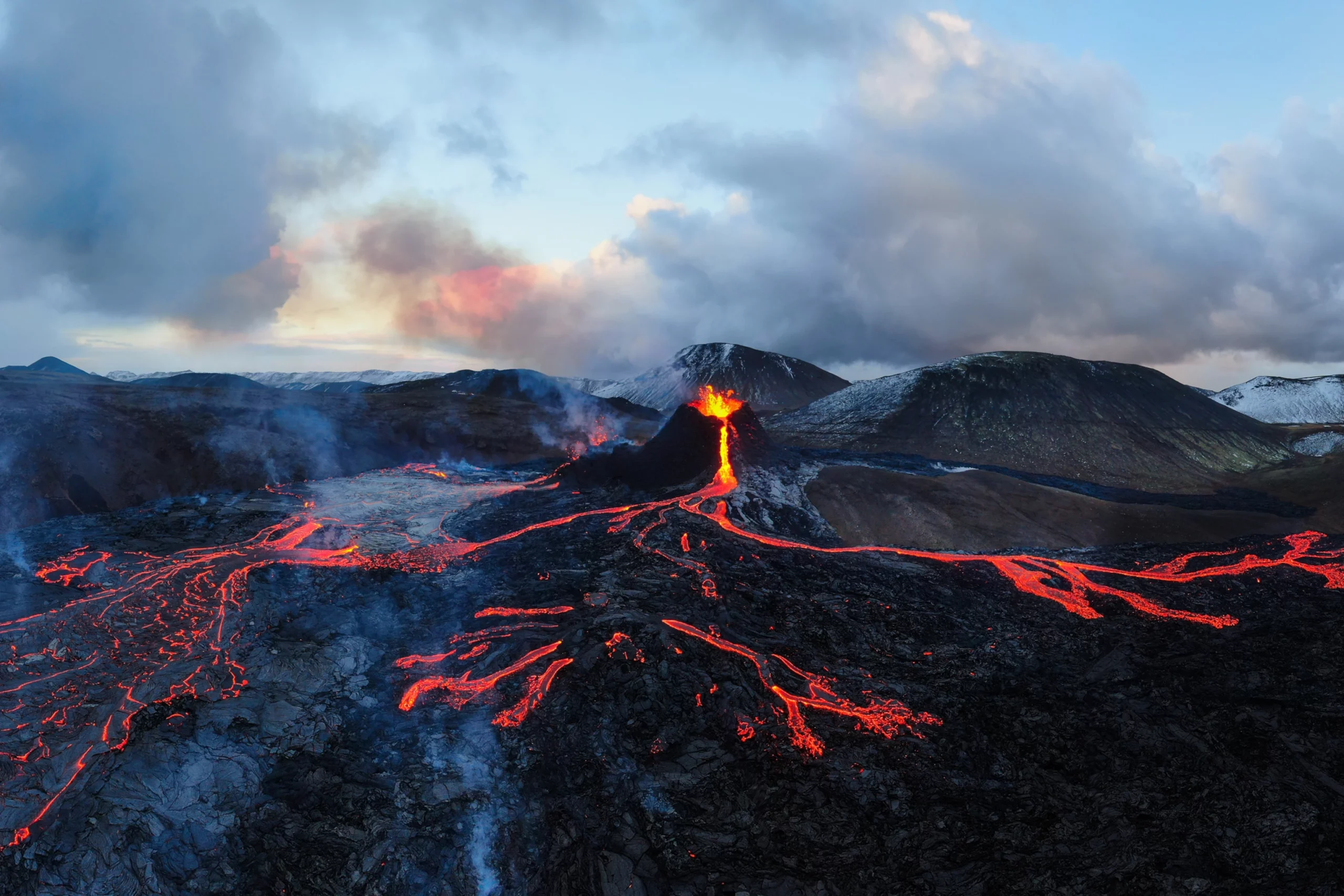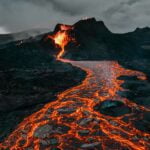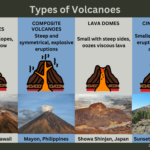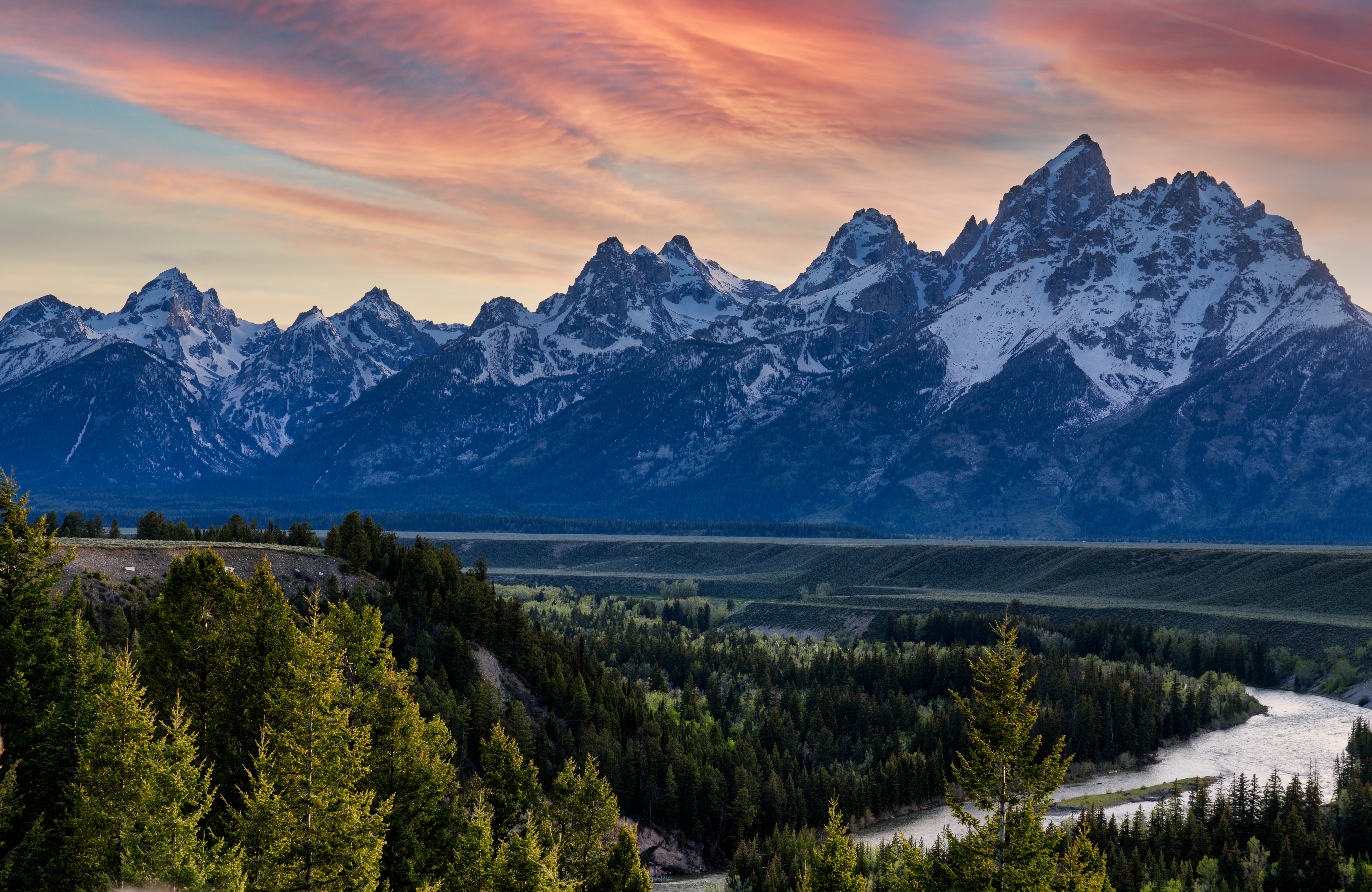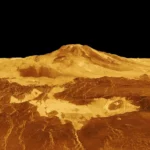Get ready for a wild ride as we dive into the world of “Volcano Tourism.” Picture this: feeling the ground shake beneath your feet, watching molten lava flow, and standing in awe at the sheer power of nature. But hold your horses, thrill-seekers! Before you pack your bags and head to the nearest volcano, let’s take a look at how to do it safely and with respect for these incredible natural wonders. Buckle up, folks, it’s time to explore the fiery heart of our planet, one step at a time.
Volcano Tourism and Safety: Exploring the Fiery Wonders Responsibly
Venturing into the realm of volcanoes can be an enthralling adventure that ignites both excitement and a keen sense of responsibility. To fully embrace the spectacle while ensuring your wellbeing, here’s a comprehensive guide to navigating the fiery landscape safely:
Preparation and Planning:
Before embarking on your volcanic expedition, it’s crucial to do your homework:
- Get the Scoop: Dig into the volcano’s past and present activity, including eruptions and any potential hazards.
- Stay Informed: Keep an eye on official warnings and exclusion zones from local authorities to ensure you’re not venturing into danger zones.
- Brush Up on Volcano Lore: Arm yourself with knowledge about volcanic eruptions and their various manifestations. This will help you recognize and respond to potential threats effectively.
Safety Measures:
When the volcano starts to rumble, it’s time to prioritize your safety:
- Find Shelter: Head indoors or seek designated safe zones to protect yourself from lava flows and ash clouds.
- Cover Your Face: Grab a mask or wet cloth to shield your respiratory system from volcanic gases and airborne particles.
- Watch Your Step: Keep an eye out for loose rocks and debris that might go flying during eruptions.
- Higher Ground Is Your Friend: Lava flows and mudslides tend to follow the path of least resistance, so stay away from low-lying areas like riverbanks and valleys.
- Listen to the Experts: Park rangers, tour guides, and emergency responders are there to guide you. Always heed their instructions for your safety.
Respect and Responsibility:
While indulging in the thrill of volcano tourism, remember to treat the environment with respect and support the local community:
- Tread Lightly: Respect the fragility of volcanic ecosystems by minimizing your impact on the surroundings.
- Support Local: Choose tour operators that prioritize sustainability and contribute to the local economy.
- Spread the Word: Share your knowledge and experiences with others to promote responsible volcano tourism practices.
Remember, ascending an active volcano is a privilege that carries some inherent risks. By following these guidelines, you can mitigate those risks and fully embrace the awe-inspiring spectacle of these fiery wonders.
- The fiery spectacles of famous volcanoes have captivated the human imagination for centuries. From the towering heights of Mount Everest to the explosive eruptions of Mount Vesuvius, these geological marvels have shaped landscapes and influenced human history.
- Delve into the intriguing Types of volcanoes, their diverse forms and behaviors. Shield volcanoes, cinder cones, and stratovolcanoes each possess unique characteristics that impact their eruptive patterns and the surrounding environment.
- Uncover the potential Volcanic hazards and risks associated with these fiery mountains. Pyroclastic flows, lahars, and ash clouds can pose threats to human populations and infrastructure, emphasizing the importance of understanding and mitigating volcanic risks.
- Journey through the annals of history to explore Famous volcanic eruptions in history. From the cataclysmic eruption of Krakatoa to the devastating Mount St. Helens eruption, these events have left an indelible mark on human society, reshaping landscapes and altering the course of history.
- Examine the intricate relationship between Volcanoes and climate change. Volcanic eruptions can release significant amounts of gases and aerosols into the atmosphere, influencing global temperatures and climate patterns.
- Venture to Volcanic islands and archipelagos, where volcanic activity has given rise to breathtaking landscapes and unique ecosystems. These islands provide a glimpse into the dynamic processes that shape our planet.
- Discover the intriguing world of Volcanic rocks and minerals. Formed from the cooling and crystallization of volcanic magma, these rocks and minerals offer insights into the complex processes that occur beneath the Earth’s surface.
- Explore the untapped potential of Geothermal energy from volcanoes. Harnessing the heat of volcanoes can provide a sustainable source of renewable energy, reducing our reliance on fossil fuels.
- Gaze beyond our planet to Volcanoes on other planets. Discover the fascinating volcanic landscapes of Mars, Venus, and Jupiter’s moon Io, revealing the widespread presence of volcanic activity throughout our solar system.
- Dive into the cutting-edge techniques used in Volcano monitoring and prediction. Seismic monitoring, gas analysis, and satellite imagery play crucial roles in understanding volcanic behavior, enabling scientists to forecast eruptions and mitigate risks.
How can tourists minimize risks while observing volcanic eruptions?
Observing a volcanic eruption is an awe-inspiring experience, but safety should always come first. Here are some tips for tourists to minimize risks while witnessing nature’s raw power:
Safety Measures
Research and Preparation:
- Before your trip, research the volcano’s recent activity and potential dangers. Understand the different types of eruptions and their warning signs.
- Monitor alerts from local authorities and volcanologists. Check for exclusion zones and avoid areas that are considered hazardous.
During the Eruption:
- Stay in designated safe zones, such as indoors or at designated viewpoints.
- Wear a mask or wet cloth over your face to protect your respiratory system from ash and gases.
- Be alert for falling rocks, debris, and lava flows. Avoid areas where these may be present.
- Follow the instructions of volcanologists and tour operators. They will provide guidance on the safest ways to observe the eruption.
Respect the Environment
Proper Behavior:
- Stay on designated trails to minimize your impact on the fragile volcanic ecosystem.
- Avoid littering or leaving trash behind. Dispose of any waste properly.
- Respect the wildlife in the area and do not disturb them.
Responsible Tourism:
- Choose tour operators who prioritize safety and sustainability.
- Ask about their emergency plans and procedures.
- Support local businesses that are committed to responsible tourism practices.
Key Takeaway:
Observing volcanic eruptions safely requires preparation, responsible behavior, and respect for the environment. By following these guidelines, tourists can minimize risks and enjoy the spectacle of nature’s fury while preserving the delicate volcanic ecosystems for future generations.
What are the Ethical Implications of Volcano Tourism and How Can Visitors Avoid Contributing to Damage?
Volcanoes are mesmerizing forces of nature, attracting countless thrill-seekers and nature lovers alike. However, it’s crucial to remember that volcano tourism comes with ethical considerations and potential risks. Here’s a comprehensive guide to help visitors navigate these challenges and minimize their impact:
Respect the Environment:
- Give the Lava Some Space: Don’t disturb the lava flow; let it do its thing.
- Leave the Rocks Alone: Avoid taking rocks or plants as souvenirs; they’re part of the volcanic ecosystem.
- Respect Local Customs: If the volcano holds religious or cultural significance, be mindful of local beliefs.
Minimize Your Impact:
- Stick to the Path: Use marked trails to avoid damaging vegetation and disturbing wildlife.
- Pack In, Pack Out: Take all your trash with you; don’t leave anything behind.
- Support Responsible Tours: Choose tour operators with a genuine commitment to environmental conservation.
Safety First:
- Listen to the Experts: Check official advisories and heed warnings about volcanic activity.
- Keep Your Distance: Stay clear of exclusion zones and maintain a safe gap from active volcanoes.
- Gear Up: Wear protective gear (masks, goggles, etc.) and prepare for potential hazards like ash and gases.
Key Points to Remember:
- Treat the environment with respect by avoiding disturbance, preserving nature, and respecting local customs.
- Minimize your impact by staying on trails, packing out trash, and supporting responsible operators.
- Prioritize your safety by following warnings, keeping your distance, and being prepared for hazards.
Remember:
Volcano tourism can be both awe-inspiring and educational, but it’s our responsibility to ensure that we do it responsibly. By following these guidelines, visitors can experience the wonders of volcanoes while protecting the environment and ensuring the safety of future generations.
What are the warning signs of an impending volcanic eruption and how should visitors respond?
Warning Signs to Watch Out For:
When a volcano gets ready to blow its top, it usually gives us some heads-up signals. Keep an eye out for these signs:
- Ground shaking and cracking: If the earth starts to move under your feet, or cracks start appearing, it could mean magma (hot, liquid rock) is on the move.
- More earthquakes than usual: Volcanoes tend to get rumbly before they erupt. A lot of small earthquakes can be a sign that something bigger is brewing.
- Smelly stuff: Volcanoes release gases like sulfur dioxide, which smells like rotten eggs. If you notice a strong smell of sulfur, it’s time to get ready.
- Animals acting weird: Animals might act strangely before a volcanic eruption, like leaving the area or getting restless. They’re pretty good at sensing danger.
What to Do if You See Warning Signs:
If you’re ever around a volcano and see any of these warning signs, it’s time to get going!
- Get out! Do whatever the local authorities say. They’ll tell you where to go and what to do.
- Stay informed: Keep an eye on the news or local announcements. They’ll give you the latest updates on the situation.
- Listen to the experts: Don’t try to be a hero. Follow the instructions of emergency responders and get to safety.
Remember, volcanoes are powerful and unpredictable. If you see any warning signs, don’t stick around to watch the show. Get out of there as fast as you can.
FAQ
Q1: What are the key safety rules for volcano tourism?
A1: Follow local rules and authority warnings, be aware of invisible dangers associated with volcanic eruptions, seek shelter indoors during volcanic activity, and protect yourself from volcanic gases and fumes.
Q2: How can I prepare for a volcano tour?
A2: Familiarize yourself with local monitoring agencies and exclusion zones, understand evacuation routes and specific hazards, and do some research ahead of time to educate yourself about potential risks.
Q3: What should I do if I’m caught in a volcanic eruption?
A3: If outside, seek shelter indoors. If caught in a rockfall, roll into a ball to protect your head. Be aware of rising water and possible mudflows in low-lying areas. Move up-slope as quickly as possible.
Q4: Is it safe to get close to lava flows?
A4: No, it is not safe to get close to lava flows. Lava flows can release dangerous gases and heat, and they can move quickly and unpredictably.
Q5: What are the ethical considerations for volcano tourism?
A5: Measures for respectful visiting include not interrupting the flow of lava, not removing plants or rocks from the area, and not taking photos or videos of Indigenous Hawaiians who might be praying near the area.
- Sept 31 Myth: Unveiling Calendar Secrets - March 18, 2025
- How Long & Till December 18, 2025: Accurate Countdown Guide - March 18, 2025
- Discover Japanese Artists: A Complete History - March 18, 2025
